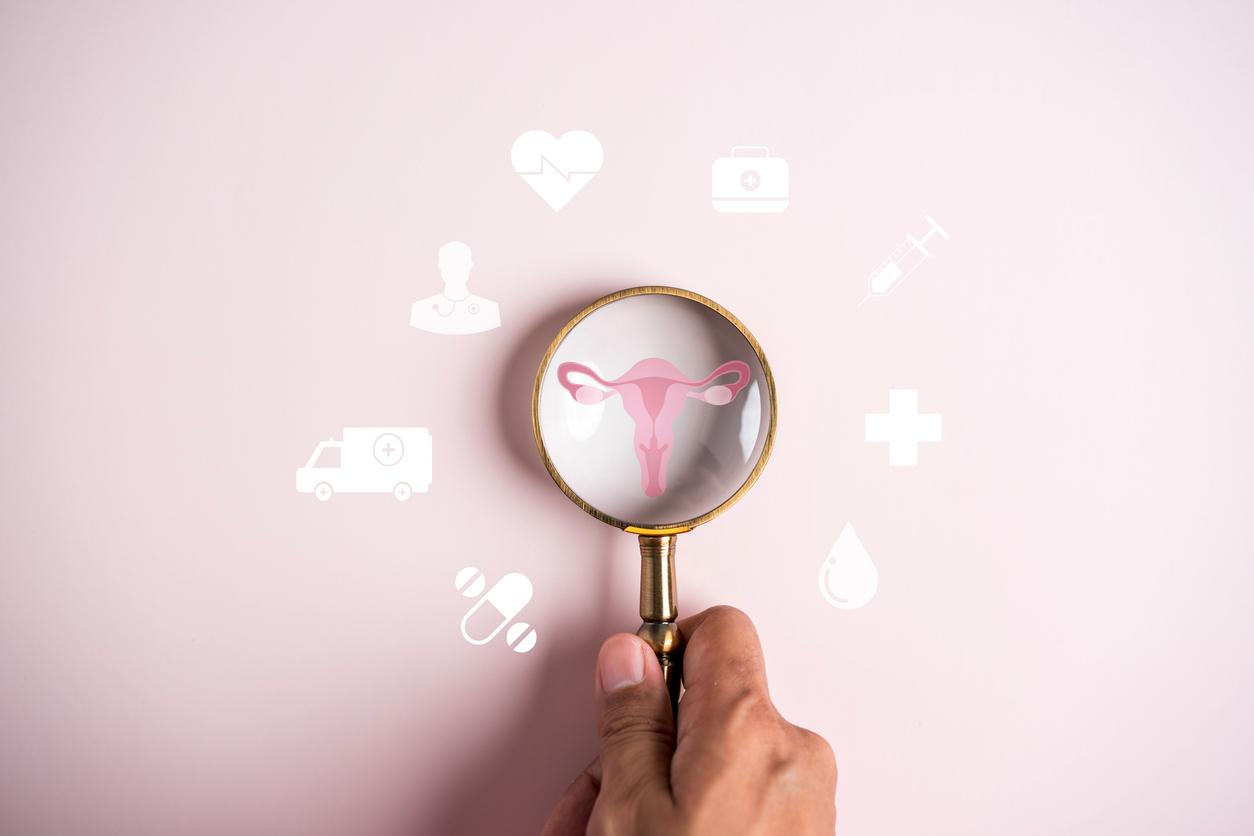Adolescent girls are more likely to use cannabis. A basic trend confirmed by the latest ESPAD survey.

There was a time when when it came to drugs, behaviors were very gendered. When the man got drunk with a cigarette in his mouth without it shocking anyone, the woman was invited to stay sober because a girl who drinks and smokes is not pretty. Gender equality has gained ground, and now men and women use substances and destroy themselves alike.
So smoking has exploded in women – and with it, lung cancer. The latest ESPAD survey on the consumption of young people aged 15-16 confirms this: recent tobacco use (at least once in the last 30 days) concerns 26% of French adolescents, with a predominance of women (28% against 24%). As for alcohol consumption and occasional massive alcoholizations (API), they are still predominantly male, but the gap is tending to disappear.
Men test, women follow
The same goes for cannabis. The ESPAD survey indeed shows that experimentation, recent use and regular use are on the rise among young French women. A fundamental trend that the OFDT (French Observatory of Drugs and Drug Addiction) has been observing for several years.
“In 2015, the gap between recent consumption of boys and girls was three points; it was six-seven points a few years ago, explains Olivier Le Nézet, researcher at the OFDT. When cannabis began to spread in society, it was rather men who took it over. We can see this for all products: in the world of illicit substances, men are more experimental ”. Then the women follow suit.
Payment in kind
Beyond the gender equality that takes hold in society, several factors may explain the increase in cannabis use recorded among young girls. Access to the substance, increasingly broad and less restrictive, has thus been able to influence uses.
“A few years ago, it was very common for girls to be asked for something other than money at the time of the exchange,” says Olivier Phan, addictologist, responsible for a Consultation for Young Consumers (CJC) in Paris. . Now, it is not uncommon to see women drug dealers. Globally, in-kind payment requests have become more marginal for cannabis. On the other hand, they are found for stronger drugs, such as cocaine ”.
Less seals, more gifts
In spite of everything, uses remain marked by gender specificities. Young girls consume less cannabis than men. “The higher the level of use, the greater the gap: there are twice as many regular consumers among boys,” confirms Olivier Le Nézet. In high school, 10% of boys regularly smoke cannabis, compared to 5% for girls.
The means of obtaining them also seem to be different. The OFDT distinguishes three: purchase, donation or sharing, self-cultivation. “Normally, the higher the usage, the more purchasing and self-cultivation increase,” continues Olivier Le Nézet. However, for the same consumption, girls are less buyers than boys; they are more likely to be offered cannabis ”.
More disturbed profiles
Despite increasing use among this population, female attendance at Consultations Jeunes Consommateurs (CJC) did not follow. In his review Trends of March 2016, the OFDT notes that 82% of young people who consulted for cannabis use were boys. “This suggests that girls have less access to these consultations, for reasons yet to be determined. Especially since the data show that they are more receptive to the discourse formulated around the CJC, ”explains Olivier Le Nézet.
If we are to believe the specialists in the field, the profiles of the girls who come for consultation show more anxiety disorders than the boys. “There are fairly classic uses among them, with group or individual consumption, but more of them express anxieties and a lack of confidence as the causes of their consumption,” reports Olivier Phan.
It is very likely that in the future, young girls will invest more in centers that host CJCs. Because like boys, they are exposed to potentially problematic use. According to OFDT data dated 2011, “18% of 17-year-olds who have consumed cannabis during the year present a high risk of problematic use, or even dependence (23% for boys and 13% for girls), which corresponds to 5% of all adolescents of this age (7% for boys and 3% for girls) ”, can we read in the publication.
“You just have to wait and we will see these young girls arrive in the CJC,” continues Olivier Phan. At the start of the methadone consultations, we had 100% men; today, we are 70% men for 30% women ”.
Lack of means
But it is still necessary that these devices be able to accommodate all these small people, while the feedback from the field shows a strong tension in some centers, unable to absorb all the demand. “Attendance is on the rise, for adolescents as well as for older audiences”, underlines the psychiatrist Jean-Michel Delile, vice-president of the Addiction Federation and responsible for several CJCs in the Bordeaux region.
“Many centers have reached the limit of their reception capacity; some can only work part-time, due to a lack of staff ”. The PLFSS (social security financing bill), which must be presented this Friday, will detail the funding allocated to these structures. Suffice to say that the wait is intense and the stakes are high if we want to stop substance abuse and regulate uses among young people.
.















